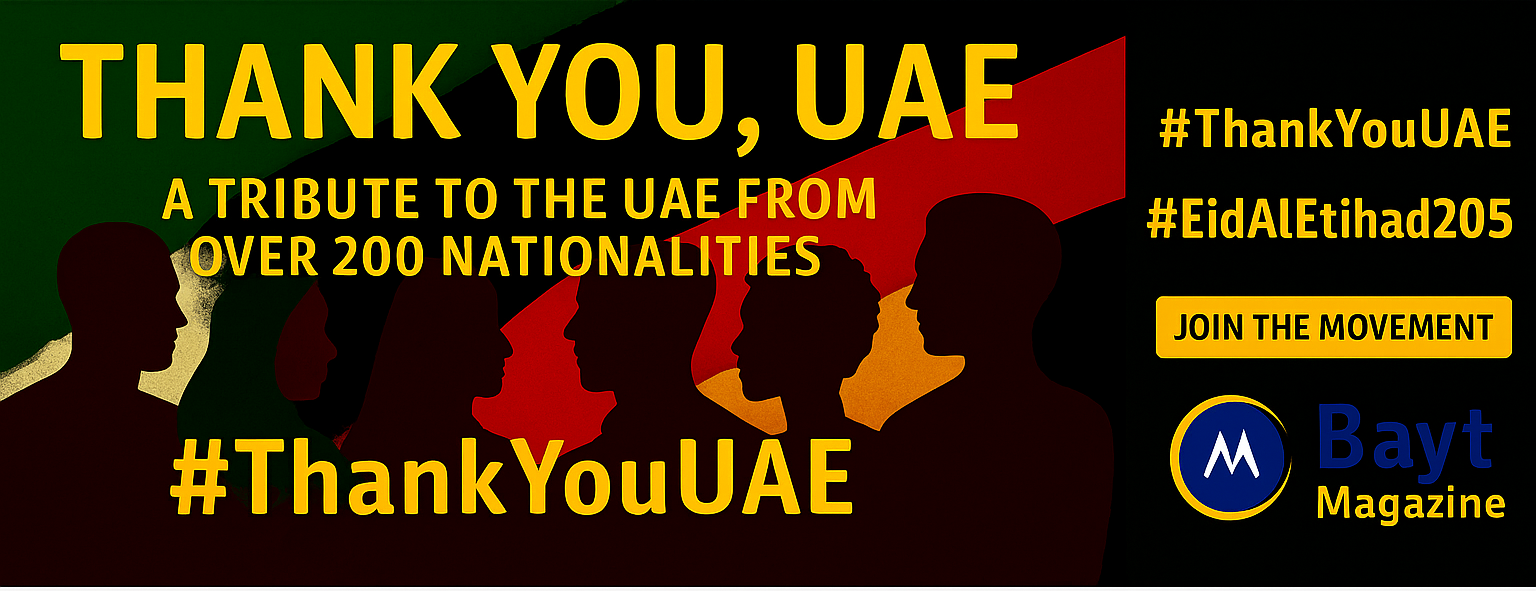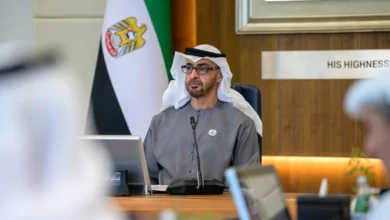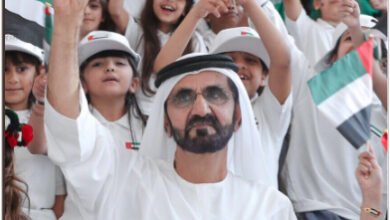
Why Arab Family Studies Matter: Essential Research Insights for Scholars
Family stands as the most powerful social idiom and one of the strongest social structures in the Arab world. Arab family studies delves into this vital institution that molds individual identities and shapes political structures, social movements, and national narratives across the region.
Arab societies’ foundation rests upon their families’ creation and evolution. An Arab family’s functioning can be understood by analyzing how these units both influence and respond to economic forces, political realities, market conditions, and global changes. The fall of patrilinear governments like Kaddafi’s, Mubarak’s, and Hussein’s makes it essential to study the family’s evolving meaning in the region. This viewpoint sheds light on why political leaders present themselves as fathers, mothers, brothers, or sisters to their citizens. Social and religious movements leverage these familial bonds to build and sustain loyalty.
This piece delves into Arab family studies’ many dimensions through specific country analyzes and thematic research. Readers will learn about traditional structures and modern adaptations as families direct their path through shifting social terrains that define relationships in today’s Arab societies.
Reframing the Arab Family: From Essentialism to Intersectionality
Image Source: Hyperallergic
Research on Arab families has changed dramatically, moving away from flawed colonial viewpoints. Earlier studies simply categorized families as either ‘traditional’ or ‘modern.’ This created an artificial divide between what they called the ‘tribal, patriarchal, patrilineal Arab family’ and the ‘Western or European family’. Such a simple two-sided view failed to capture how family structures naturally evolved in different Arab societies.
Today’s researchers support postcolonial feminist methods that show how family and gender concepts emerge from specific historical and political conditions. Arab families are shaped by many forces working together – capitalism, postcolonialism, nationalism, race, and class. Researchers now recognize the rich diversity of experiences across the region instead of seeing the ‘Arab family’ as one unchanging unit.
Intersectionality offers a powerful lens to understand these complexities and shows how gender works with other social factors to create unique forms of inequality. African American feminists first developed this concept, which has now become valuable to understand power dynamics in Arab societies. Women’s experiences vary greatly based on their migration status, age, disability, location, and religious background. Gender inequality connects deeply with other forms of oppression, and migrant women, older women, and women with disabilities face more challenges than others.
Arab Families in Global Contexts: Migration, Diaspora, and Identity
Image Source: Khayrallah Center for Lebanese Diaspora Studies – NC State University
Migration has changed Arab family structures dramatically. The Arabian Peninsula now ranks as the world’s third most popular destination for people moving across borders, right after North America and Europe. The Gulf States have about 25 million migrant workers, which affects families in three main ways.
Working abroad changes how families function back home, especially through money sent back and new family roles. Many South Asian villages now have mostly children, women, and older people because their working-age men have left to work in Gulf countries.
Families who move together need to earn enough money to get “family visas”. These families often find it hard to keep their cultural identity, especially when they have to think about their children’s education and cultural roots.
Gulf State families hire migrants as domestic workers. About one in five migrant workers works in homes. This setup changes how families work and raise their children.
Syrian refugee families face their own set of challenges, with 13 million people forced to leave their homes. Research shows that refugee parents deal with extreme stress, which leads them to be harder on their children and use more substances. Gulf countries still limit citizenship rights even after making some changes. Qatar started its Permanent Residency Permit program in 2018, and UAE launched its Gold Card program in 2019, but these only offer limited ways to stay without full citizenship.
Arab migrant families keep adjusting their identity as they adapt to new cultures. They stay connected to their roots by having family members move back and forth between their home country and where they now live.
Methodologies and Future Directions in Arab Family Studies
Arab societies place families at their core, yet research methods in this area need more development. Scholars have started to fill this gap by taking new approaches that recognize how various factors shape family dynamics.
Researchers find qualitative methods particularly valuable. They use focus groups to explore topics initially and then conduct detailed interviews to understand emerging themes better. The Collage Life Elicitation Technique (CLET) shows promise as a visual tool to study transnational family identities, especially when dealing with cultural differences. These methods aid natural, spontaneous storytelling that reveals defining memories.
The academic community now recognizes how culture, ethnicity, religion, economic status, and community life affect minority families. This new view rejects “context-blind” approaches that might harm vulnerable groups during interventions.
Research needs to focus on several key areas. Scholars must explore how families fit into state power structures and how states mold families in return. They need to understand Islamic movements’ efforts to reshape family structures. Legal reforms that let women pass citizenship to their children deserve attention. The effects of war and displacement on families need documentation. Social media and technology’s role in changing family bonds during migration and financial uncertainty requires study.
These research directions are the foundations of policies that will strengthen Arab families in a variety of contexts.
Arab family studies has evolved substantially. Modern approaches now recognize the complex realities of families across the region, moving beyond basic colonial frameworks. These families both reflect and shape broader social, political, and economic changes throughout Arab societies.
Researchers have made great strides by adopting intersectional viewpoints instead of viewing Arab families through simple binary lenses. They now understand how factors like class, migration status, age, and disability work together with gender to create varied family experiences. This deeper analysis helps paint a more accurate picture of Arab family life that shows both stability and transformation.
Migration has emerged as a powerful force that reshapes family structures in Arab contexts. Families adapt their structures, responsibilities, and identities through labor migration, expatriate living, or refugee displacement. They maintain connections across national boundaries, which shows their resilience and flexibility even in challenging times.
Scholars continue to develop new research methods to understand these complex dynamics better. Future research looks promising with qualitative approaches, visual techniques, and context-informed viewpoints. We have a long way to go, but we can build on this progress to better understand how families interact with state power, religious movements, legal changes, war effects, and technological advances.
Understanding Arab families remains vital to comprehend broader regional developments. Political upheavals, economic challenges, and social changes continue to sweep across Arab societies. Families will adapt in ways that preserve cultural values while embracing needed changes. Arab family studies must grow alongside the families it studies. The field needs to maintain critical viewpoints while recognizing the remarkable diversity and adaptability that define family life throughout the Arab world.




